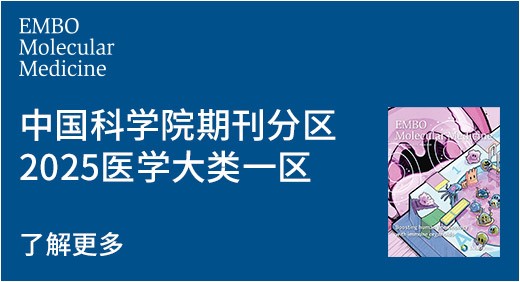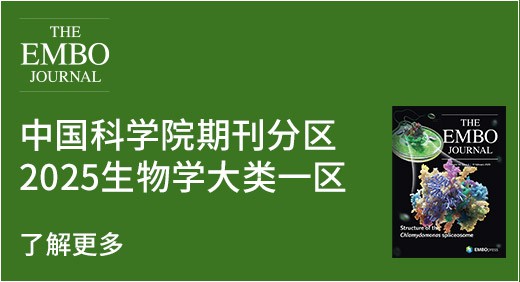Nature ( IF 48.5 ) Pub Date : 2024-05-22 , DOI: 10.1038/s41586-024-07427-8 Jiani Hong , Ye Tian , Tiancheng Liang , Xinmeng Liu , Yizhi Song , Dong Guan , Zixiang Yan , Jiadong Guo , Binze Tang , Duanyun Cao , Jing Guo , Ji Chen , Ding Pan , Li-Mei Xu , En-Ge Wang , Ying Jiang
|
|
Ice surfaces are closely relevant to many physical and chemical properties, such as melting, freezing, friction, gas uptake and atmospheric reaction1,2,3,4,5,6,7,8. Despite extensive experimental and theoretical investigations9,10,11,12,13,14,15,16,17, the exact atomic structures of ice interfaces remain elusive owing to the vulnerable hydrogen-bonding network and the complicated premelting process. Here we realize atomic-resolution imaging of the basal (0001) surface structure of hexagonal water ice (ice Ih) by using qPlus-based cryogenic atomic force microscopy with a carbon monoxide-functionalized tip. We find that the crystalline ice-Ih surface consists of mixed Ih- and cubic (Ic)-stacking nanodomains, forming \(\sqrt{19}\times \sqrt{19}\) periodic superstructures. Density functional theory reveals that this reconstructed surface is stabilized over the ideal ice surface mainly by minimizing the electrostatic repulsion between dangling OH bonds. Moreover, we observe that the ice surface gradually becomes disordered with increasing temperature (above 120 Kelvin), indicating the onset of the premelting process. The surface premelting occurs from the defective boundaries between the Ih and Ic domains and can be promoted by the formation of a planar local structure. These results put an end to the longstanding debate on ice surface structures and shed light on the molecular origin of ice premelting, which may lead to a paradigm shift in the understanding of ice physics and chemistry.
中文翻译:

具有原子分辨率的冰 Ih 的表面结构和预熔化成像
冰表面与许多物理和化学性质密切相关,例如融化、冻结、摩擦、气体吸收和大气反应 1,2,3,4,5,6,7,8。尽管进行了广泛的实验和理论研究 9,10,11,12,13,14,15,16,17,但由于脆弱的氢键网络和复杂的预熔过程,冰界面的确切原子结构仍然难以捉摸。在这里,我们通过使用基于 qPlus 的低温原子力显微镜和一氧化碳 功能化尖端,实现了六边形水冰 (ice Ih) 基底 (0001) 表面结构的原子分辨率成像。我们发现结晶冰 Ih 表面由 Ih 和立方 (Ic) 混合堆叠的纳米域组成,形成 \(\sqrt{19}\times \sqrt{19}\) 周期性超结构。密度泛函理论表明,这个重建的表面主要通过最小化悬垂的 OH 键之间的静电排斥来稳定在理想的冰表面上。此外,我们观察到冰表面随着温度的升高(高于 120 开尔文)逐渐变得无序,表明预融化过程的开始。表面预熔化发生在 Ih 和 Ic 结构域之间的缺陷边界上,并且可以通过形成平面局部结构来促进。这些结果结束了关于冰表面结构的长期争论,并阐明了冰预融化的分子起源,这可能导致对冰物理和化学的理解发生范式转变。























































 京公网安备 11010802027423号
京公网安备 11010802027423号